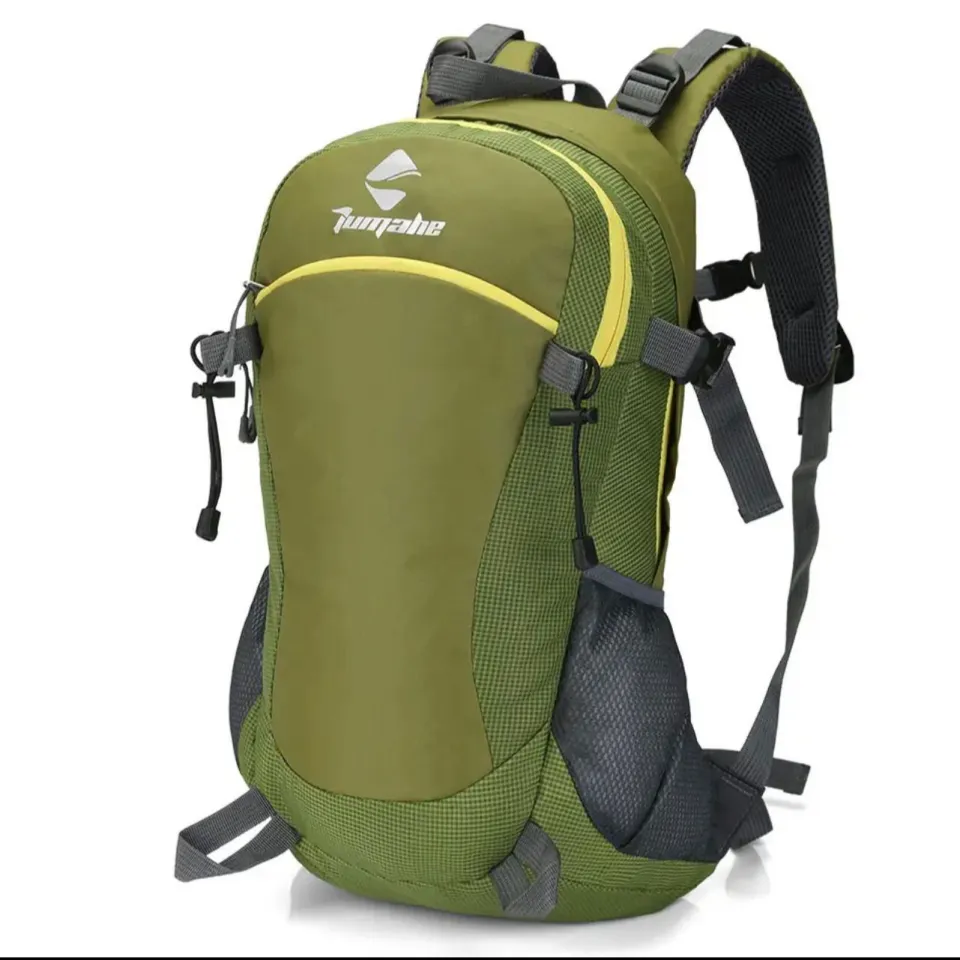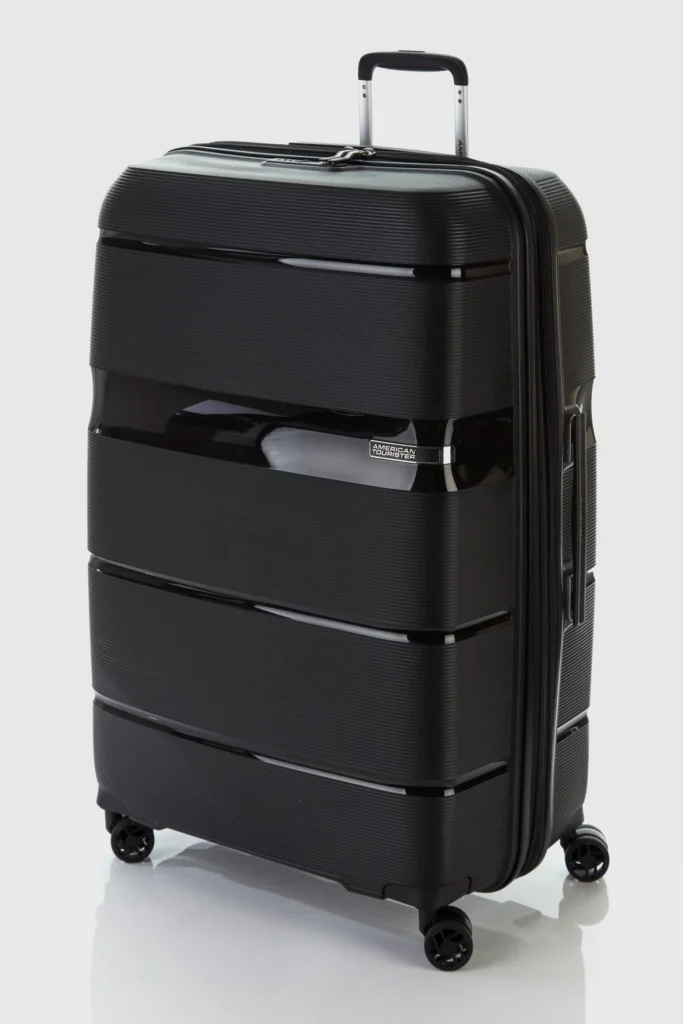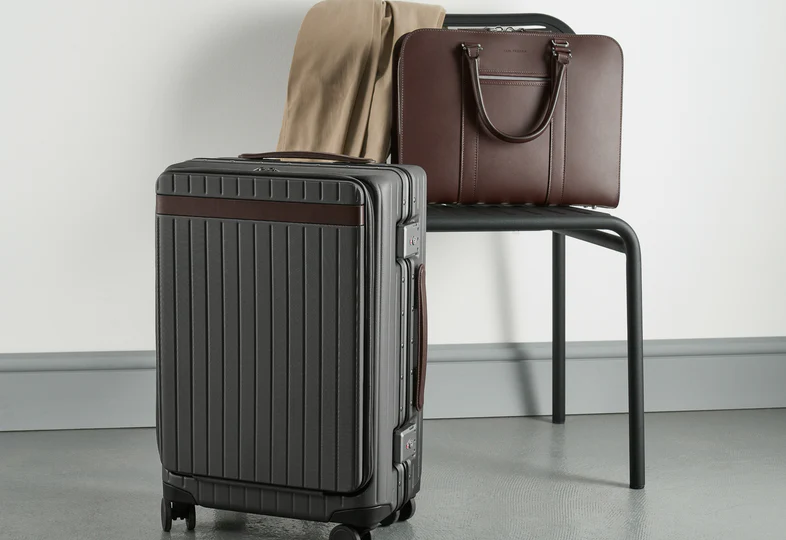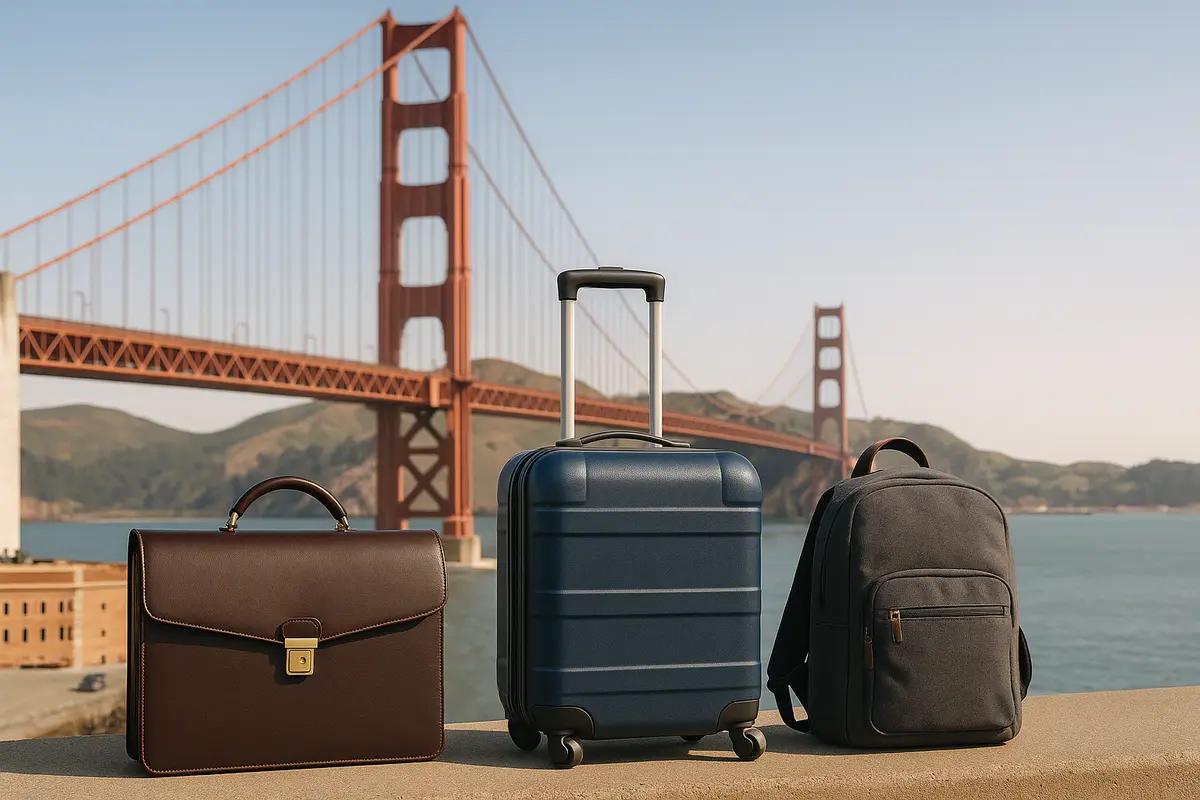I know how confusing it can be to choose between a backpack, a briefcase, or rolling luggage. I faced the same dilemma back in my college days when the wheel on my suitcase broke. I needed a new bag for weekend trips home and had to decide what to buy. For some reason, I chose a briefcase. I don’t exactly remember why, maybe because I didn’t need something as big as a suitcase, but a backpack didn’t feel like enough either. Looking back, it turned out to be the right decision.
But today now, when i have worked alot in bag or luggage factories in past years and have travelled alot with different things so i can better explain which one is best for you, Backpack vs Briefcase vs Luggage.
Why Compare These Bags?
People often wonder “Should I use a backpack, a suitcase, or a briefcase?” The answer depends on your trip: terrain, distance, and style. For example, weekend travelers may want easy mobility, while business travelers need a professional look.
By comparing factors like comfort, capacity, terrain, and durability, we can answer queries like “Backpack vs rolling luggage vs briefcase.” You’ll learn each bag’s pros and cons and when to pick it.
| Feature | Backpack | Rolling Luggage | Briefcase |
|---|---|---|---|
| Comfort / Ease of Carry | 8 | 7 | 5 |
| Air Travel Suitability | 8 | 9 | 8 |
| Carry-On Usability | 9 | 8 | 6 |
| Appearance / Style | 5 | 8 | 10 |
Backpacks: Pros and Cons

- Hands-free mobility: You can climb stairs, run for a train, or carry extra items (like a camera or coffee) easily when wearing a backpack. Backpacks keep your hands free, which is convenient in crowded stations or while holding tickets and drinks.
- Durable storage: Many travel backpacks are built tough and have multiple compartments for organizing gear. They can handle rough treatment, and the pockets help pack efficiently.
- Encourages light packing: Since you carry every pound, backpacks push you to bring only essentials. Heavy loads make travel harder, so lighter is better.
- Physical strain: A heavy backpack can tire your shoulders and back. If you overload it, your back might hurt, one traveler with back issues advises using wheels instead. Even moderate weight can cause muscle strain over time.
- Access difficulty: Most backpacks open from the top, so finding an item at the bottom means unpacking several pockets. This is slower than accessing items in a suitcase.
- Not for formal settings: Backpacks look casual. In a suit or at a business meeting, a big backpack can seem out of place.
In summary, choose a backpack if you’ll be active or off-road (hiking, cobbled streets, trails) and need hands-free freedo.
Rolling Luggage (Suitcases): Pros and Cons

- Easy on flat surfaces: On smooth airport floors or city streets, wheeled suitcases glide effortlessly. Pulling a roller is much less tiring than carrying a heavy pack. Wheels “definitely help reduce strain on your back” compared to backpacks.
- Higher capacity: Since you’re not carrying the bag, you can pack more items. Modern carry-on suitcases maximize space and fit fully in overhead bins.
- Organization & protection: Rollers usually open fully so you can see all your clothes at once. Hard-sided suitcases protect fragile items from bumps. They often include built-in locks or secure zippers.
- Professional appearance: A sleek rolling case looks polished for business travel. Many travelers even place a small backpack on top of a roller to save energy.
- Reduced strain: Travelers with back issues find wheels a blessing. One expert calls wheeled bags “one of the greatest travel inventions” for easing the load.
- Trouble on rough terrain: Wheels can stall on gravel, sand, stairs or cobblestones. Many note that rolling bags get stuck on uneven streets. If your trip includes steps or unpaved paths, be ready to carry or drag the bag.
- Bulky to lift: Suitcases add their own weight (often 3-5 kg empty) and can be hard to lift into taxis, car trunks, or overhead bins.
- Maintenance & cost: Wheels can jam with dirt or rust. Good-quality suitcases (especially hard-shell models) tend to be expensive. They also need more storage space when not in use.
In short, choose rolling luggage when you travel mostly on flat, paved routes, like airports or hotel lobbies. It’s the go-to for business trips or city tours.
Briefcases and Day Bags:

A briefcase (or laptop bag) is much smaller than a backpack or suitcase. It’s meant for documents, a laptop, and a few personal items. Think of it as a personal-item bag, not your main luggage.
- Capacity: Holds very little (usually under 10 L). You can’t pack clothes, just essentials like a laptop, charger, or notebook.
- Use-case: Great for office work or school. It keeps a professional look and is handy during commutes. On a trip, a briefcase is often the carry-on personal item. You might check a suitcase for clothes and carry the briefcase with your valuables.
- Style: Usually carried by hand or shoulder strap (no wheels). Formal and sleek, but not meant for heavy loads.
- Combination: Many travelers pair a roller with a smaller bag. For example, one forum user packed kids’ snacks in a backpack and their clothes in a carry-on roller. If you need both capacity and easy access, using two bags can be the solution.
Briefcases complement backpacks or suitcases rather than replace them.
Backpack vs Briefcase vs Luggage: Features
| Feature | Backpack | Rolling Luggage | Briefcase |
|---|---|---|---|
| Carry Style | On back (hands-free) | Pull on wheels | Hand/shoulder |
| Capacity | Medium (20–60 L) | High (20–100+ L) | Low (3–15 L) |
| Access | Slower (zips) | Fast (opens flat) | Fast (one compartment) |
| Weight on Self | High | Low | Medium |
| Formality | Casual/adventure | Professional/formal | Business/professional |
How to Decide which One is Best for You?
Backpacks, rolling luggage, and briefcases each serve different needs based on the type of trip. Use the dropdown below to see what others typically choose for each travel situation.
| Travel Purpose | Recommended Luggage | Why |
|---|---|---|
| Domestic Travel | Rolling Luggage | Easy to carry, good capacity for short trips |
| International Travel | Rolling Luggage | Larger capacity, convenient for airports and long trips |
| Business Travel | Briefcase | Professional look, easy access to documents & laptop |
| College / Student Travel | Backpack | Hands-free, comfortable for campus and short trips |
| Weekend Getaways | Backpack / Small Rolling Luggage | Compact, easy to carry, fits essentials for 2-3 days |
| Family Travel | Rolling Luggage | High capacity, easy to manage multiple bags for family |
In case of international travel or student/college most people require both the backpack and luggage.
Here is the more detailed explaination:
- Adventure vs City: For rural or active trips (hiking, camping, old towns), a backpack is usually best. For city or business trips (airports, hotels, streets), a roller keeps you comfortable on long walks.
- Trip length: Short trips or day use often favor backpacks or briefcases. For longer travel, a wheeled suitcase carrying more gear can be easier.
- Health: If you have back or joint issues, favor wheels. Wheels are “one of the greatest travel inventions” for reducing strain.
- Weight and fees: Airlines charge for overweight bags, so pack as light as possible no matter the bag. Remember wheels add weight (about 2-5 kg extra), so don’t overpack just because you have a roller.
- Durability & budget: A high-quality backpack or suitcase costs more but lasts longer. Think about how rough your trip might be and choose materials accordingly.
Conclusion:
Each type of bag has its place. Backpacks give you freedom on rough ground; rolling suitcases ease the load on long, smooth walks; briefcases keep you organized and professional. The key is to consider your route and needs. Many travelers use a combination (for example, a carry-on roller for clothes plus a small backpack or briefcase for daily carry). In the end, the best luggage is the one that helps you travel comfortably and confidently. Happy travels!

